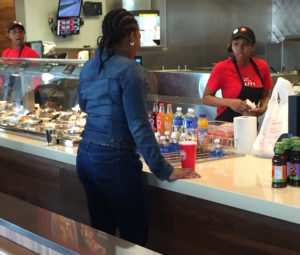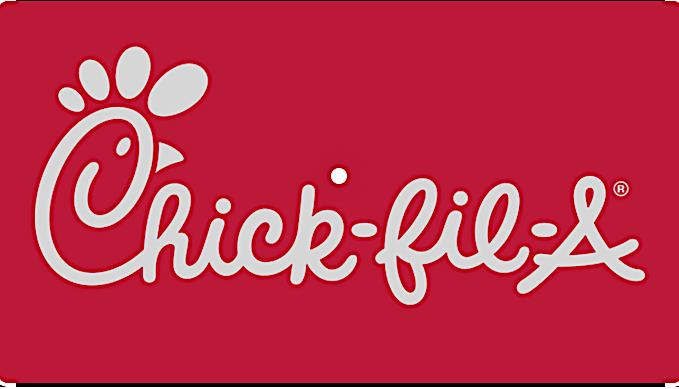RTS Partner Mike Lukianoff argues it’s time to reshape the economics of a historically unprofitable industry. Here’s why.
Even before Covid-19 wrought havoc on the our industry, restaurants struggled with increasingly difficult unit-level economics. With average profit margins of just 5%, every blip of operating cost pressure needed to be offset, either through price increases or other cost decreases.
However, decades of new unit expansion led to overbuilding and saturated markets – making competition for customers and employees ever harder. For customers, this meant better choices, higher quality and great prices. For restaurants it meant constant margin pressure, with diminishing ability to pass cost increases on to consumers without losing them. Worse yet, for many restaurants the economic pressure was already existential, especially in oversaturated markets with large minimum wage increases.
Then the pandemic hit, and the industry that was forecast to surpass $900 billion in sales for the first time ended 2020 with just $659 billion in sales. That 23% drop over the prior year included the record closing of 110,000 restaurants in 2020.

In the midst of this carnage, however, we have seen widespread digital adoption, some of the largest price increases on record and innovative practices we wouldn’t have imagined in normal times. So what appears to be emerging is a very different industry landscape. Perhaps restaurant operators will also have a rare opportunity to rethink and reshape fundamental economics as they begins to emerge from the ashes of the pandemic devastation.
Higher Restaurant Prices Are Coming
Here’s why the post-pandemic environment is likely to see even more rapid price escalation on average.
–Mike Lukianoff

By Michael Walters, RTS Partner If you work in the hospitality industry, you know that
Continue Reading
RTS Partner Len Ghilani writes: A little about my Chick-fil-A experience . . . I
Continue Reading
RTS Partner and data expert Michael Lukianoff discusses dynamic pricing, the return of discounting, slowing
Continue Reading
Multiple hours purchased are discounted for your benefit.
Multiple hours purchased are discounted for your benefit.